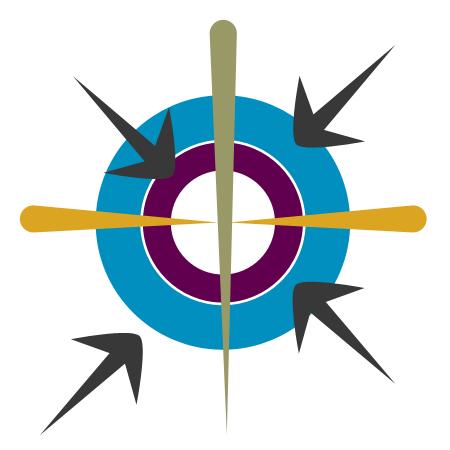MEDIA


The cost of rebuilding Gaza and other regional disasters is on people�€™s minds in the region and beyond. There is no shortage of massive destruction caused by war in the Middle East, whether we�€™re talking about the havoc wreaked by Israel�€™s summer war in 2006 against Lebanon, the more recent Nahr al-Bared conflict in the North, or numerous other episodes during the past few decades of large-scale fighting in the region. Of course, the first and biggest cost in conflict is the incalculable loss of a human life, but there is no yardstick to measure this. With so many people in the region suffering, it may seem callous to discuss the economic costs of conflict. Yet these are enormous and go well beyond budgetary outlays, so quantifying things might be a good way to wake everybody up to the enormity of our problems. Done properly, this will hopefully show decision-makers and the average person alike that war is a bad idea, if only because it is so expensive.
In that vein, a major project on Cost of Conflict in the Middle East has just come to fruition with the publication this month of a final report launched at the United Nations in Geneva on January 23. This initiative by the Strategic Foresight Group (SFG) think tank of Mumbai involves an innovative approach to engage people of the Middle East in collaboratively assessing future risks at a time of failure of negotiation to find lasting solutions to the conflict.
The project �€“ which attracted interest from regional and international actors, including Turkey, Switzerland, Norway and Qatar �€“ aims to quantify the numerous costs incurred by the region due to protracted conflict and to encourage the public to reflect on this. Researchers worked on developing a number of parameters to outline these costs, especially since the first event, held in Turkey. The aim of the second workshop was to develop a �€œconflict escalation ladder�€ and a �€œpeace building ladder,�€ outlining war-and-peace scenarios with opinion makers and heads of think tanks from the countries of the region, as well as Europe and beyond.
The report produced from this exercise is now available in a comprehensive 175-page volume rich in graphics, which discusses multiple aspects of the cost of Middle East conflict since the early 1990s, including its $12 trillion �€œopportunity cost,�€ an expression used by economists to indicate �€œwhat could have been�€ �€“ in this case, how much the region would have been richer without conflict between 1991-2010 in 2006 dollars.
The past year also saw the unveiling of other efforts to measure the costs of fighting in the region, notably the book The Three Trillion Dollar War by Linda Bilmes and Joseph Stiglitz, who estimated the economic cost to America of the current Iraq war at $3 trillion, and the costs to the rest of the world to be another $3 trillion. This is far more than the US government's initial estimates, and is the first war in American history that has not demanded some sacrifice from citizens through higher taxation. Instead, the cost is being passed on to future generations.
The incompetence and dishonesty behind this is staggering, and the American people as a whole have certainly got a bad deal. Yet the largest cost has been borne by Iraq. Apart from the many people killed, unemployment is rampant, having soared to 60% a couple of years ago. Out of Iraq's total population of around 28 million, 2 million have fled the country, creating additional costs for neighboring economies.
On a smaller scale, but with great losses in a short time, the conflict in Gaza has seen over 1,300 killed in the past month. The cost of rebuilding is still being worked out, but it will probably be not much less than $1.9 billion. More than 22,000 buildings (inhabited by around 120,000 people) were damaged, of which 4,000 were completely destroyed; an estimate of the cost of rebuilding homes is close to $275 million. Damage to infrastructure alone is around $475 million, which is expected to be largely picked up by Western donors. Much of the rest of the cost of rebuilding will be met by Saudi Arabia, which has pledged $1 billion.
The result is that Gaza, a poor and underdeveloped economy, has just got poorer. Gaza is one of the most densely-populated places on the planet, with around 1.5 million people packed into 362 square kilometers. Gaza's gross domestic product was slashed by 85% during this latest war, and it could take a year for the economy to recover. About 80% of crops in Gaza were destroyed.
Like the Iraqi conflict, for which the US taxpayer and the Iraqi people are both paying, the war in Gaza has hit the population there directly and will also have an outside financial impact. As regards the latter, the American people are involved through massive support for Israel, but the treasuries of European and Arab countries alike will also be footing bills. However, in the present world economic crisis, this is becoming less affordable, and efforts by SFG and others will hopefully wake people up to this expensive state of affairs





